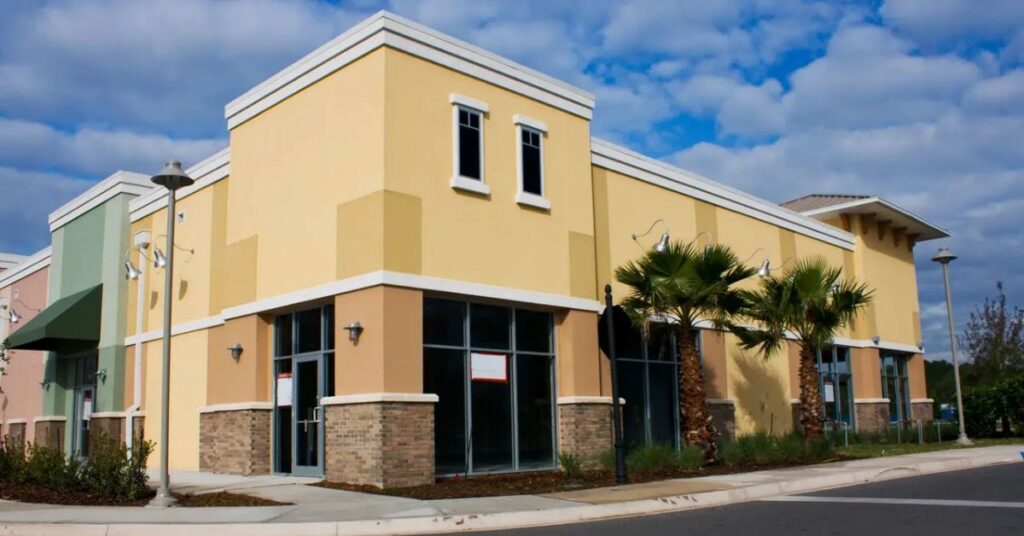There is more to commercial real estate than generating large financial returns. It is responsible for shaping a town or city’s image, quality of life, job market, and economic growth.
You only need to look at the evolving landscape in major cities like New York and Beijing to realize that commercial buildings are symbols of progress and prosperity.
Many industry leaders are aware there is more to commercial real estate than developing superb revenue and profit, too. They understand they will become custodians of a piece of land or property, and most take this responsibility seriously.
Keep reading to learn more about the role of commercial real estate in urban development.
Revitalization
Commercial real estate can breathe new life into deteriorated or underused spaces, such as out-of-date infrastructure, abandoned buildings, or brownfield sites. Transforming neglected areas can revitalize a community, creating new opportunities for cultural heritage, sustainability, and economic growth. It is a powerful way to transform a neighborhood, improve community pride, attract key investments, and help a town or city develop an identity.
Community Engagement
Commercial real estate has the power to bring a community together. The creation of shops, restaurants, entertainment venues, and event spaces will encourage residents to meet, socialize, and participate in shared activities and experiences.
Placemaking plays an integral role in encouraging people out of their homes to meet, shop, dine, and network. When a commercial real estate project is executed well, it can turn a space into a must-visit destination.
Jean Paul Wardy from CenterCal Properties is helping to lead the way, as he is focused on developing, leasing, and managing the highest quality retail and mixed-used developments in the western US, which focus on community building. The full-service commercial real estate company strives to help communities come together and experience a sense of belonging, as its mixed-use developments include gathering spaces, lifestyle amenities, family events, in-demand office spaces, and relevant stores and dining experiences.
The most successful commercial real estate projects will have taken the time to understand a community’s needs and recognize their local responsibilities, ensuring they deliver stores, attractions, workplaces, and amenities people want and need.
Job Creation and Economic Growth
Commercial buildings can transform a neglected area into a thriving community. The development of office spaces, retail stores, entertainment venues, restaurants, and more will attract investments, create much-needed jobs, and boost the local economy, helping to improve a town or city’s prosperity and opportunities.
The creation of stunning architectural designs can turn buildings into landmarks while improving a neighborhood’s aesthetic appeal. It will inject character and charm into a destination, ensuring it becomes instantly recognizable across the globe while shaping its cultural heritage. Plus, the introduction of popular stores, dining experiences, and event spaces could drive tourists into the city, resulting in a positive impact on its economy and reputation.
Energy-Efficient Projects
Environmental, social, and governance (ESG) initiatives are the beating heart of many commercial real estate developers’ projects. As businesses have a moral duty to reduce their impact on the environment, reputable companies must introduce energy conservation measures to combat climate change.
For example, they must strive to lower carbon emissions and energy costs to protect the planet and provide long-term benefits to a community. Also, many focus on environmentally friendly operations, such as implementing renewable energy systems and energy-efficient designs.
Sustainability is at the core of ESG principles, which is why many eco-conscious commercial real estate developers must incorporate various initiatives into their designs, such as enhanced outdoor spaces, the installation of bike lanes, and indoor air quality improvements.
Conclusion
Commercial real estate isn’t solely about boosting the bottom line. When executed well, buildings, office spaces, malls, and shopping centers can bring a community together, create jobs, revitalize unloved spaces, improve the local economy, and provide a city with a stronger sense of identity.
What’s more, the introduction of ESG initiatives can create a more sustainable environment for everyone, helping a town or city to develop a greener image while improving residents’ quality of life now and in the future.
The right commercial real estate projects can support urban development, helping a town or city develop iconic landmarks, improve its culture, strengthen the community, and become more prosperous throughout the years.
